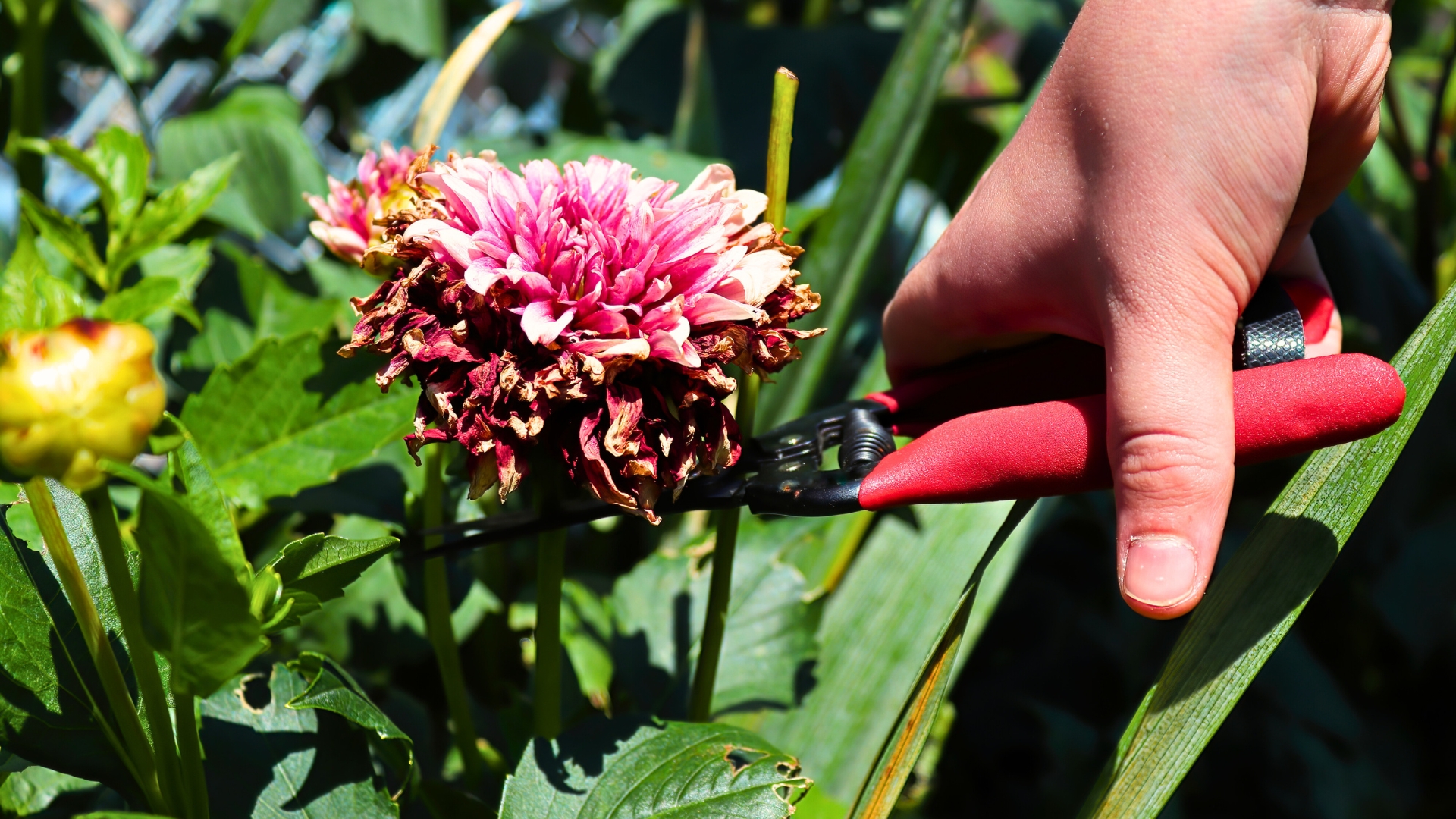Deadhead These 15 Must-Have Perennials And Enjoy Blossoms That Last For Months
Deadheading my favorite perennials has totally changed the way my garden blooms. It’s like giving my plants a little reset button that keeps flowers coming back strong.
I love how a simple snip can stretch the blooming season for weeks on end. Plus, it feels so rewarding to watch those fresh blossoms pop up again and again.
I’m excited to share the best perennials to deadhead and how to keep your garden glowing all season long!
1. Coreopsis
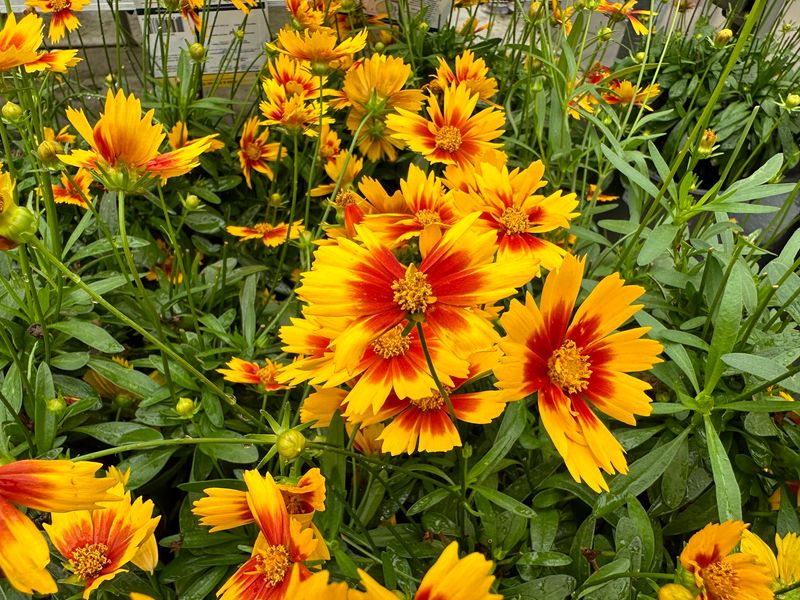
Sunny yellow blooms dance above delicate foliage throughout summer when you keep up with deadheading. Simply pinch off faded flowers every few days to prevent seed formation and redirect the plant’s energy.
The effort pays off tremendously as these cheerful daisies can bloom from early summer until frost with proper care. Many newer varieties are self-cleaning, but traditional types respond dramatically to deadheading, sometimes doubling their flowering period.
2. Salvia
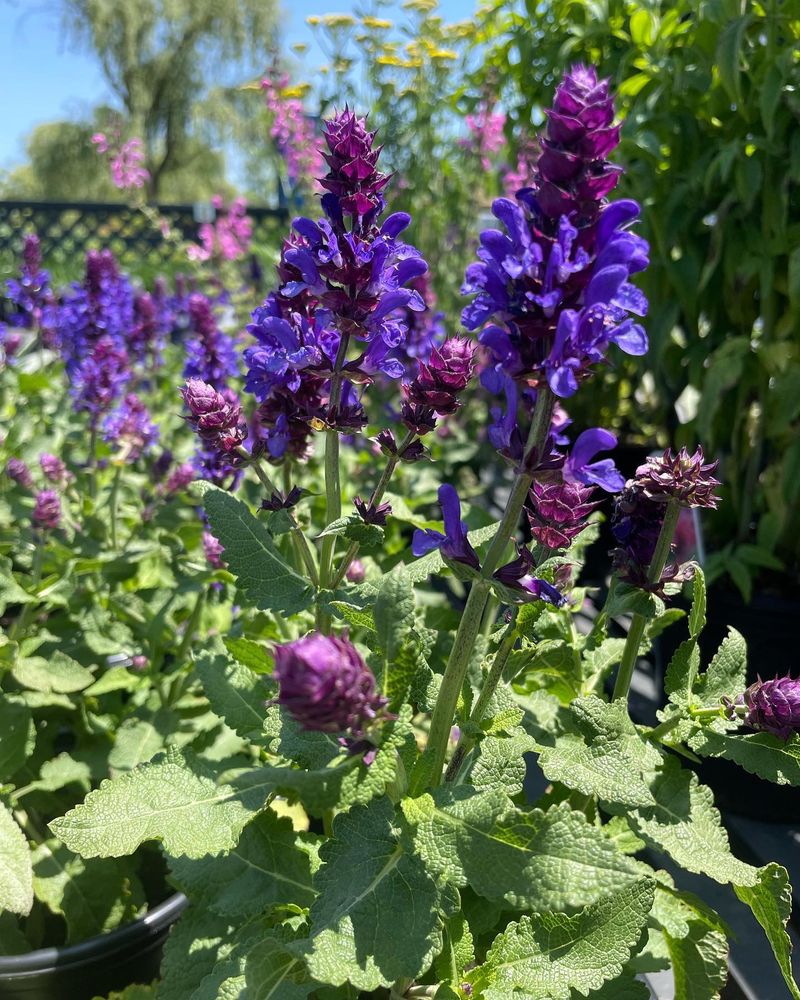
Remove spent flower spikes where they meet the main stem for best results with these bee-friendly beauties. Regular attention keeps the vibrant purple, blue, or pink blooms coming back repeatedly throughout the growing season.
Unlike some fussier perennials, salvias bounce back quickly after deadheading. Their aromatic foliage remains attractive even between blooming cycles, making them true garden workhorses that perform from late spring through early fall with minimal maintenance.
3. Echinacea
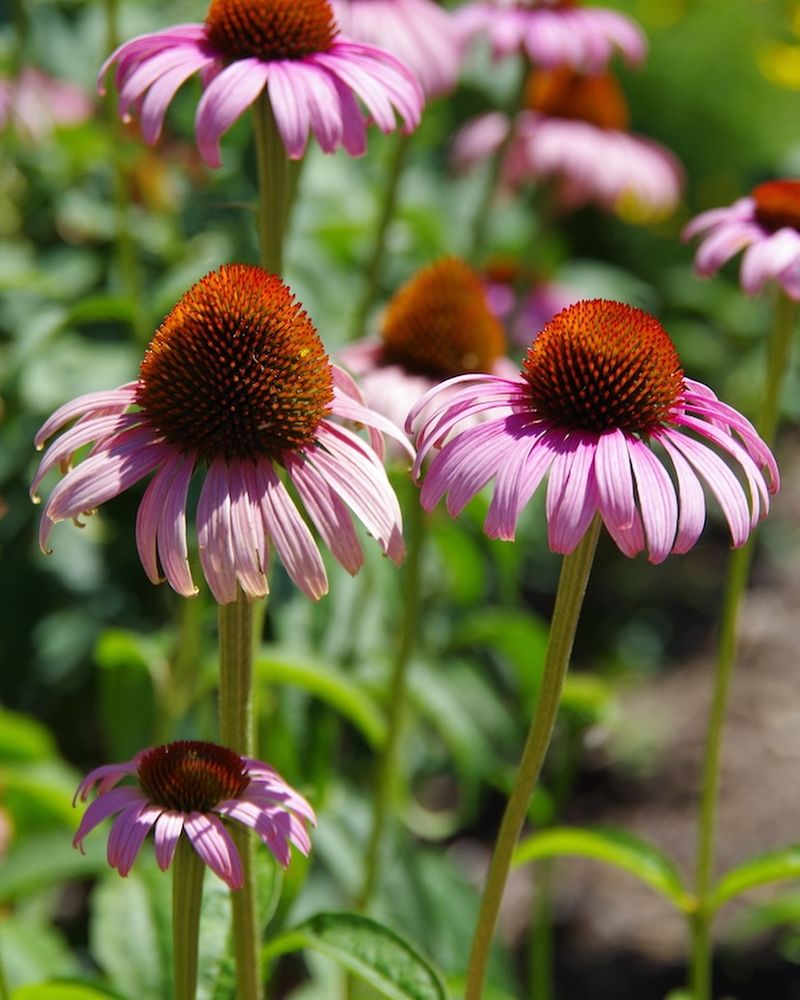
Snip off the cone-shaped seedheads once petals start to fade to encourage additional flower production. Purple coneflowers respond remarkably well to this simple maintenance technique, often producing several flushes of blooms.
Consider leaving the final round of seedheads intact as winter approaches. Birds love feasting on echinacea seeds during colder months, and the architectural seedheads add winter interest to the garden when covered with frost or snow.
4. Shasta Daisy
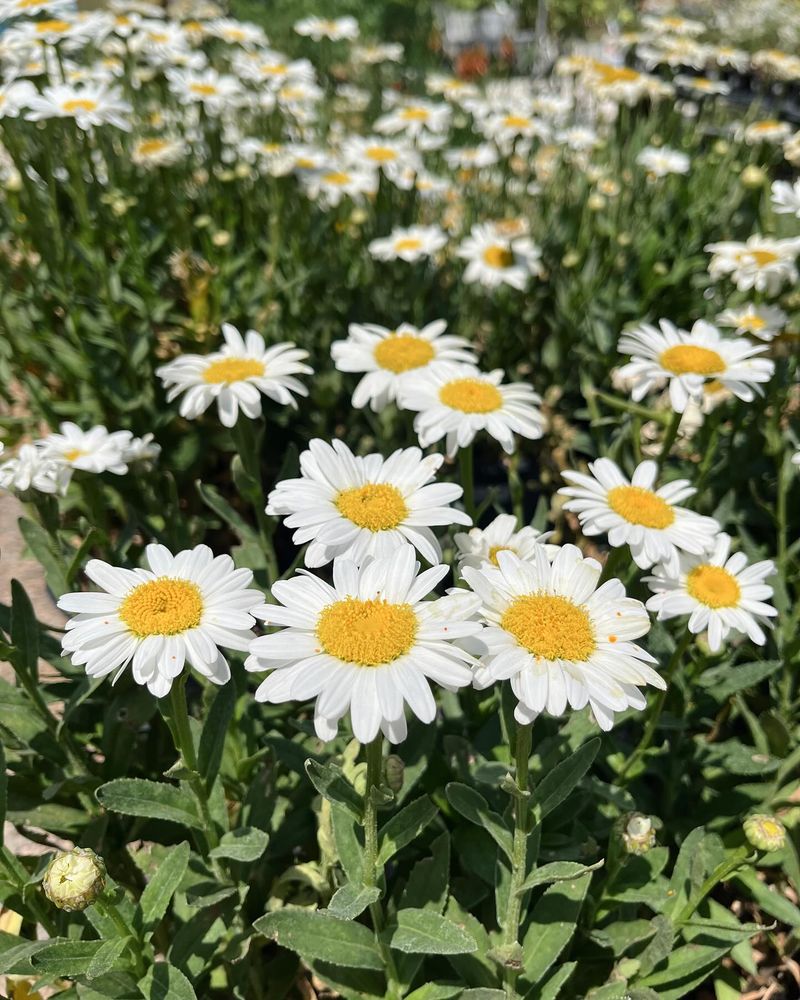
Cut spent blooms back to the nearest set of leaves to keep these classic white flowers producing all summer long. The crisp, cheerful flowers look stunning in both garden beds and cut flower arrangements.
Regular deadheading prevents these enthusiastic bloomers from self-seeding too aggressively. For the most prolific display, divide Shasta daisy clumps every 2-3 years in early spring, as overcrowded plants produce fewer flowers regardless of deadheading efforts.
5. Delphinium
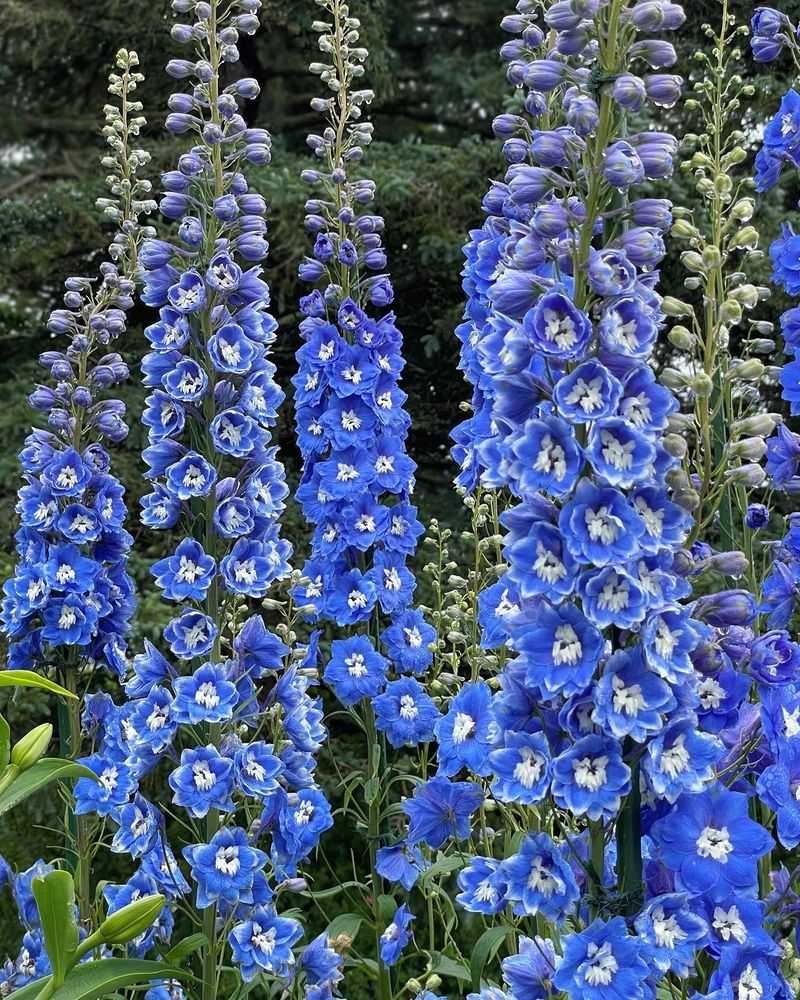
Cut back the towering flower stalks after the first magnificent bloom to the lateral buds lower on the stem. This encourages a second, smaller flush of those stunning blue, purple, or white spires later in the season.
After the final blooms fade, cut the entire stalk to the ground. With proper deadheading and support for their tall stems, these cottage garden classics can produce impressive blooms from early summer through fall in cooler climates.
6. Gaillardia
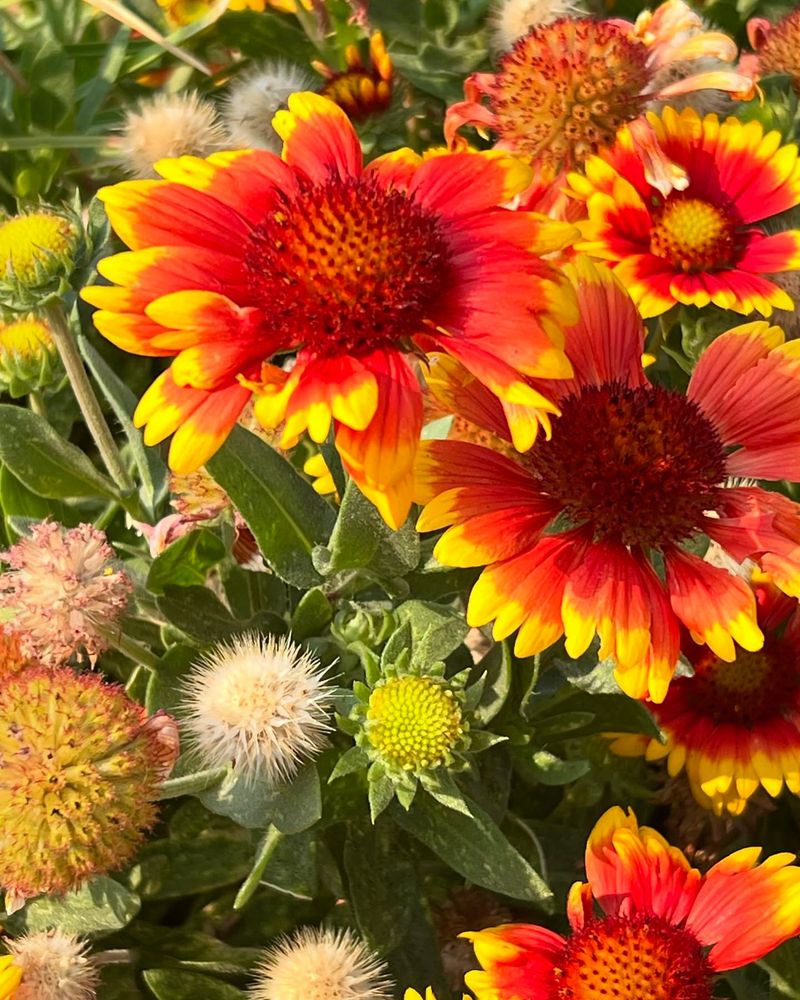
Snip the colorful red-and-yellow blooms as they begin to fade to keep blanket flowers producing non-stop. Their daisy-like flowers with bold centers make perfect additions to drought-tolerant gardens and attract butterflies throughout the season.
These prairie natives thrive in poor soil and actually bloom more prolifically when not overfed. The vibrant flowers continue appearing from early summer until frost when deadheaded regularly, making them exceptional value for minimal garden maintenance.
7. Penstemon
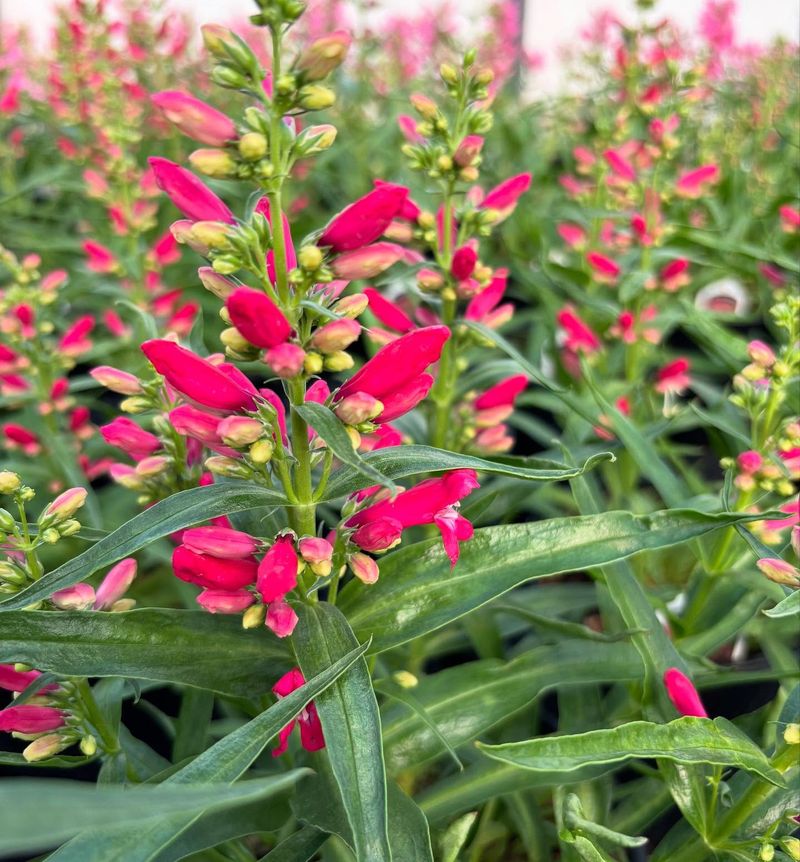
Remove faded tubular blooms where they meet the main stem to encourage these hummingbird magnets to rebloom. The colorful flower spikes in shades of pink, purple, red or white create vertical interest in mixed borders.
Many varieties bloom from early summer through fall with regular deadheading. Their drought tolerance once established makes them perfect for water-wise gardens, while their long bloom period provides reliable color when other perennials have finished flowering.
8. Geranium

Shear back hardy geraniums by one-third after the initial flush of blooms fades. This seemingly drastic haircut stimulates fresh foliage and a second wave of those charming pink, purple, or blue flowers.
Unlike their annual cousins, these low-maintenance perennials form attractive mounds that work beautifully as ground covers or front-of-border plants. Some varieties like ‘Rozanne’ bloom continuously without deadheading, but most traditional types benefit enormously from this mid-season rejuvenation pruning.
9. Veronica
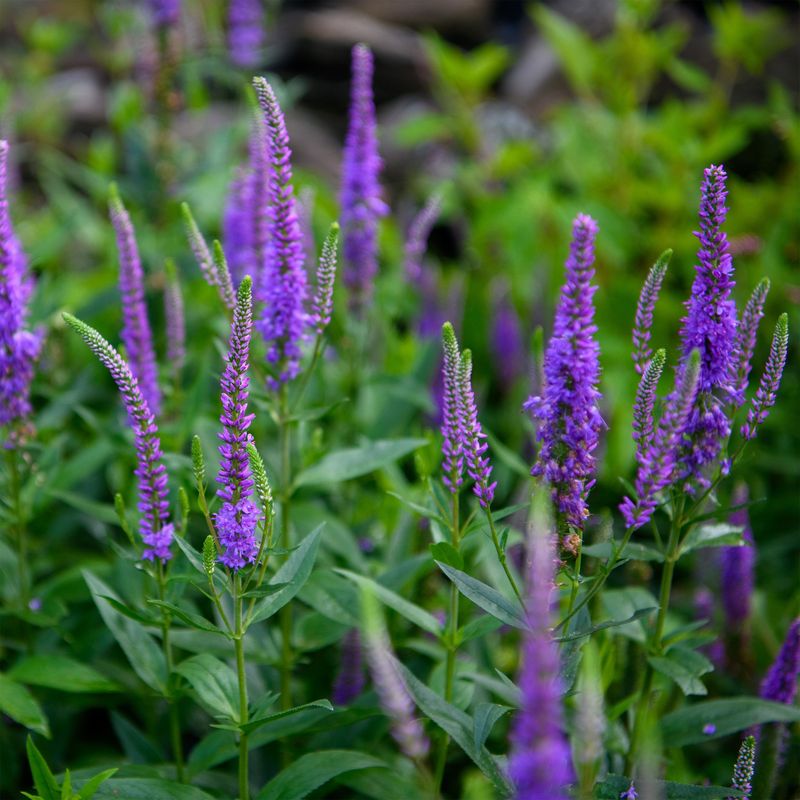
Clip spent spikes of these blue, purple, or pink flowers just below the faded blooms to encourage more flowering. The upright flower spikes add wonderful vertical interest to perennial borders and attract beneficial pollinators.
Many varieties will bloom from early summer through fall when regularly deadheaded. Their neat habit and resistance to deer and rabbits make speedwell an excellent low-maintenance choice for both beginning gardeners and experienced plant enthusiasts looking for reliable performers.
10. Rudbeckia
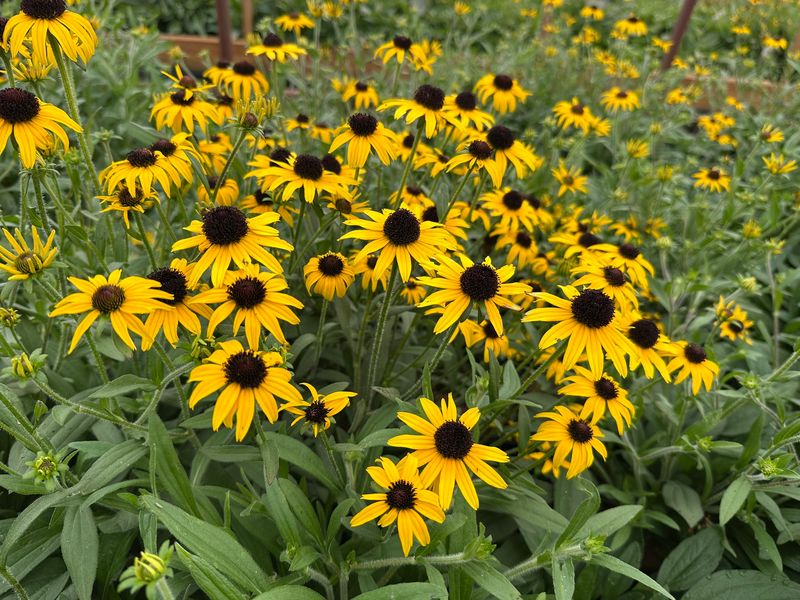
Remove faded flowers individually to keep black-eyed Susans blooming continuously. Their cheerful golden petals surrounding dark centers create a sunny display from midsummer through early fall in most gardens.
Consider leaving the final round of blooms to form seedheads that feed finches and other birds. These prairie natives establish quickly and form impressive clumps within a few seasons, creating dramatic sweeps of late-summer color when many other perennials have finished flowering.
11. Yarrow
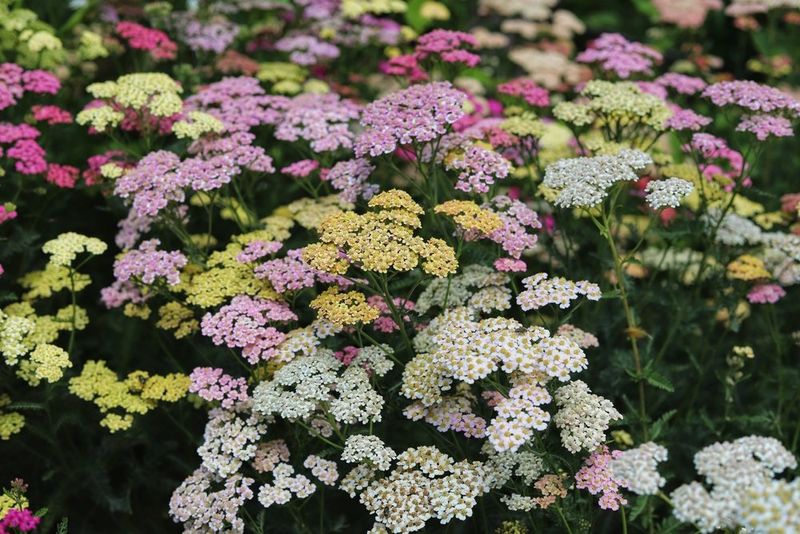
Cut flower stems back to basal foliage after the flat-topped blooms begin to brown. This encourages additional flowering and prevents unwanted self-seeding in the garden.
The feathery foliage remains attractive even when the plant isn’t flowering. Available in shades from soft pastels to vibrant reds and yellows, yarrow attracts beneficial insects while repelling many garden pests, making it both beautiful and functional in perennial borders.
12. Dianthus
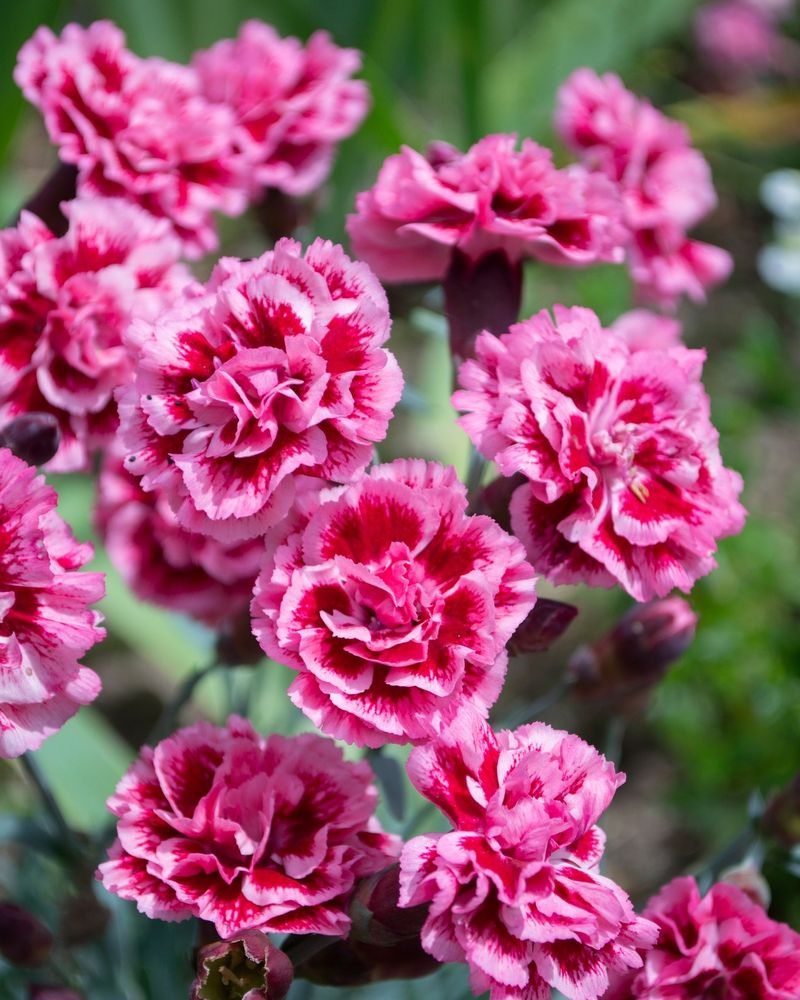
Pinch or snip faded blooms individually to keep these spicy-scented flowers performing for months. The pretty pink, red, or white blooms with distinctive fringed petals add charm to garden edges and rock gardens.
Many varieties bloom heavily in spring, take a brief rest during summer heat, then produce another flush of flowers in fall when temperatures cool. Regular deadheading encourages this repeat performance and keeps the compact plants looking tidy throughout the growing season.
13. Phlox
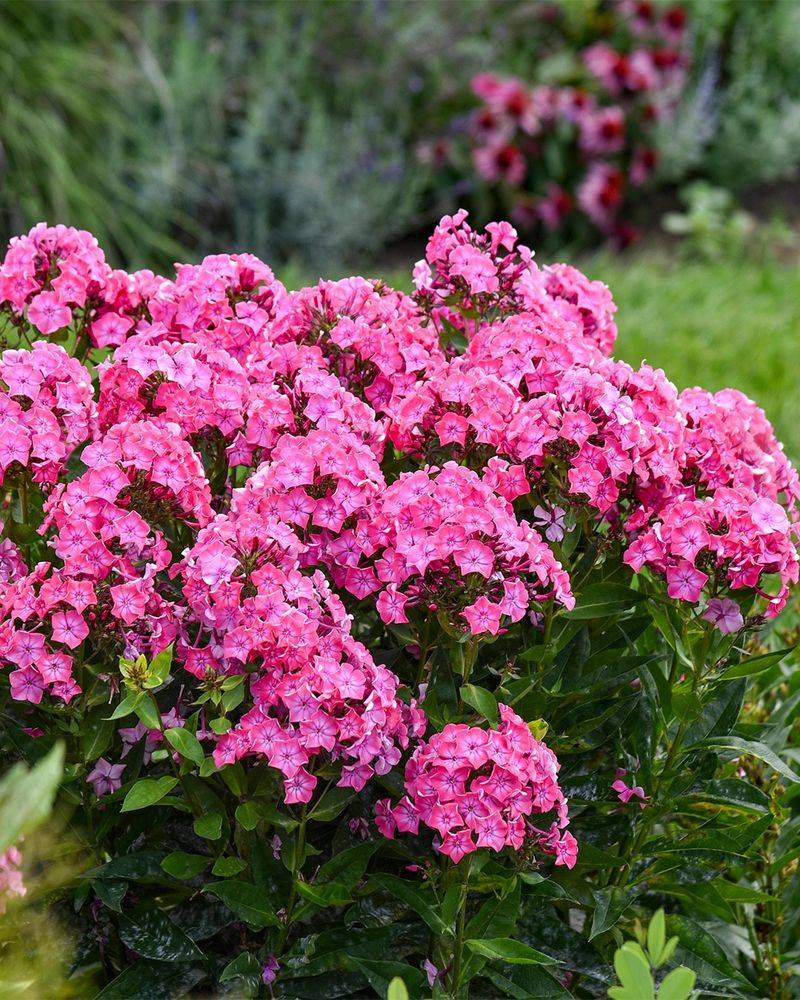
Remove spent flower clusters where they meet the main stem to encourage reblooming and prevent powdery mildew issues. The fragrant blooms in shades of pink, purple, white or bi-colors create stunning summer displays.
Proper spacing between plants improves air circulation and disease resistance. Tall garden phlox varieties respond particularly well to deadheading, often producing several waves of those butterfly-attracting flower clusters from midsummer through early fall.
14. Catmint
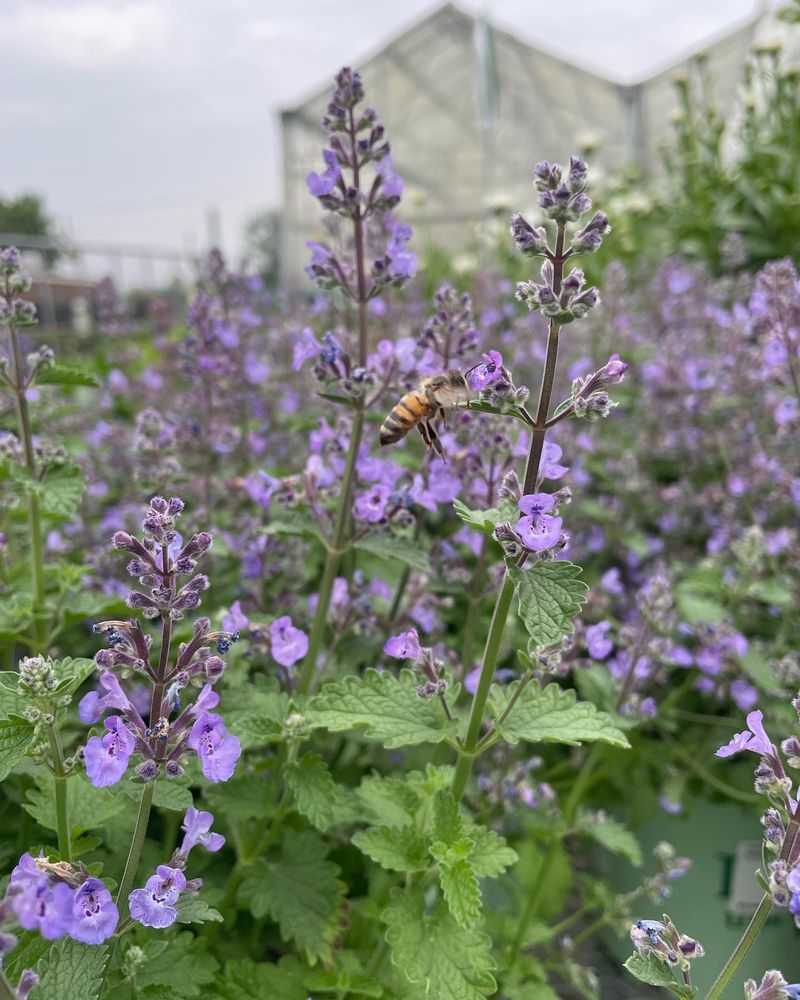
Shear plants back by one-third after the first flush of lavender-blue flowers fades. This rejuvenation pruning stimulates fresh growth and a second wave of those pollinator-friendly blooms.
The aromatic gray-green foliage remains attractive even between flowering periods. Drought-tolerant and deer-resistant, catmint provides reliable color from late spring through fall when properly deadheaded, making it a valuable addition to perennial borders and water-wise landscapes.
15. Achillea
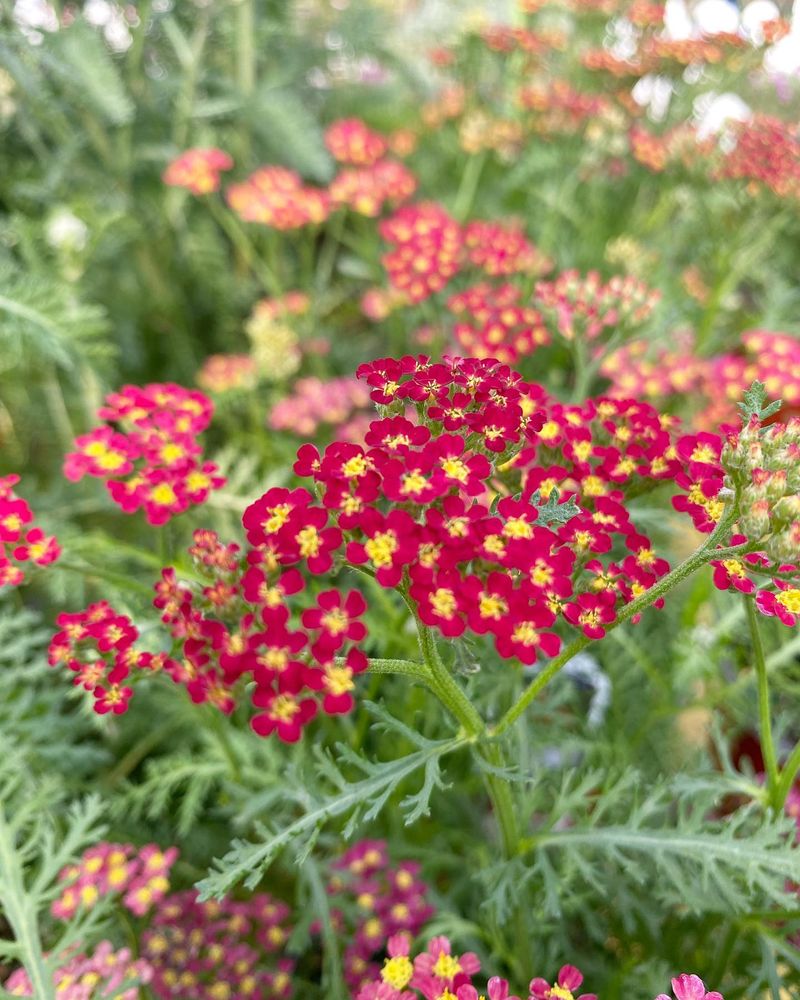
Cut back flowering stems to lateral buds or basal foliage once the flat flower heads begin to fade. This prevents the plants from expending energy on seed production and encourages additional blooms.
The fern-like foliage provides texture even when not in bloom. Modern yarrow varieties come in sophisticated color palettes from pale yellows to deep reds, making them versatile additions to perennial borders that continue performing through summer’s heat and drought.

